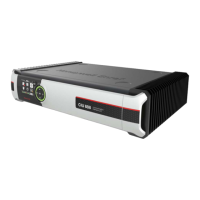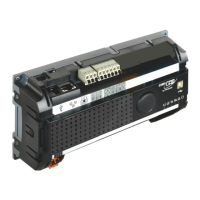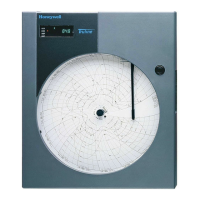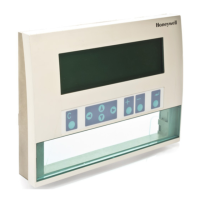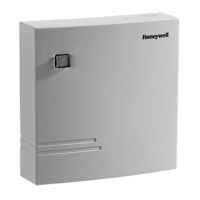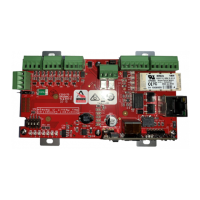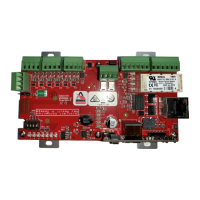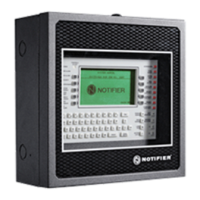perating and Installation
For this discussion the symbol
indicates an ASCII control
and is represented by a single value (byte) of 13 decimal or 0D hex.
For this discussion the symbol
indicates an ASCII control character called “line feed” and is
represented by a single value (byte) of 10 decimal or 0A hex.
will respond to AT modem commands in ALL modes of operation.
If you have a serial device attached to the CNI2’s serial port it is likely that the device is
expecting to communicate with an AT
compatible modem. The acronym “AT” means
AT modem commands always start with the ASCII characters “AT” or ”at” followed
by other characters that define specific operations. The final character of a command string is
completion of a command the
nds back a response in one of two formats,
either “terse” or “verbose”. Terse messages (also called “non
one to two ASCII numbers followed
<cr>. Verbose messages are readable ASCII
messages preceded and followed by a
. For example when an incoming
call is detected the verbose message will be “<cr><lf>RING<cr><lf>” whereas the terse version
These are the typical responses that the CNI will return to the remote device:
Connected with remote modem
Connection with remote modem is lost
onses always followed by one carriage return
Verbose responses always preceded
followed by one carriage return
Typical CNI2 “AT” Responses
The remote device may issue commands that were important to the ori
will return a standard response such as “OK” to these
commands. Other commands are meaningful and the
will act upon them. The following is
a list of these commands. The
ain settings until programmed otherwise.
ATV (response type) Command
: This instructs the CNI2 to return “terse” (non
verbose or numeric) result codes
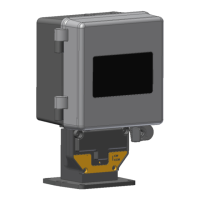
